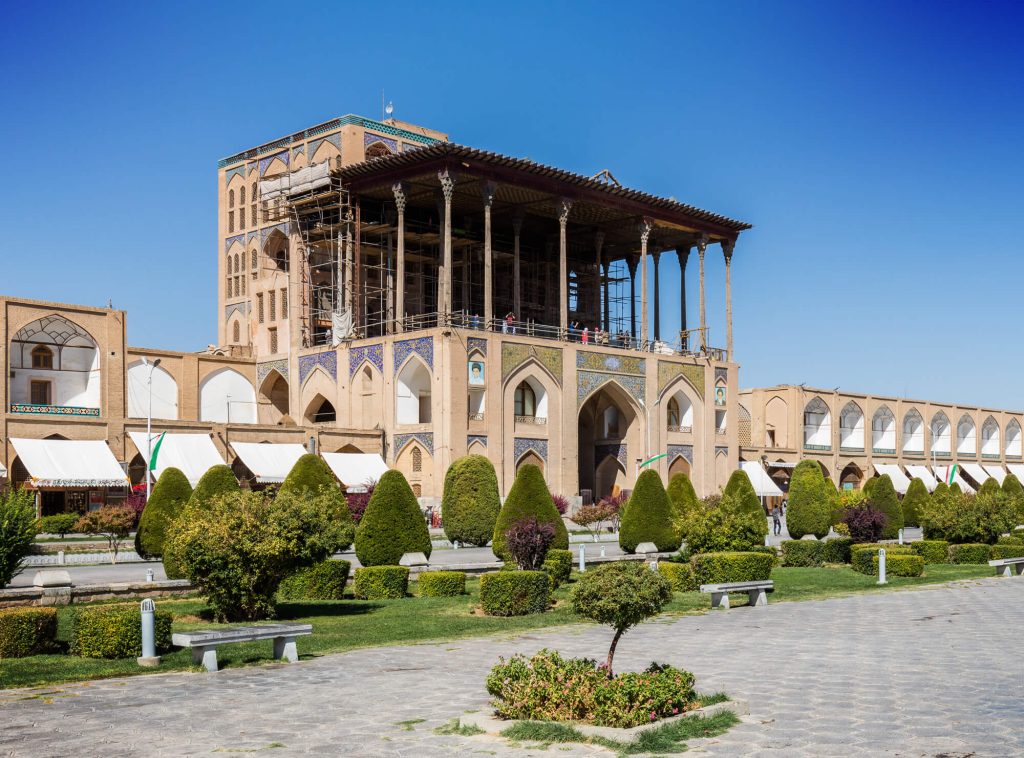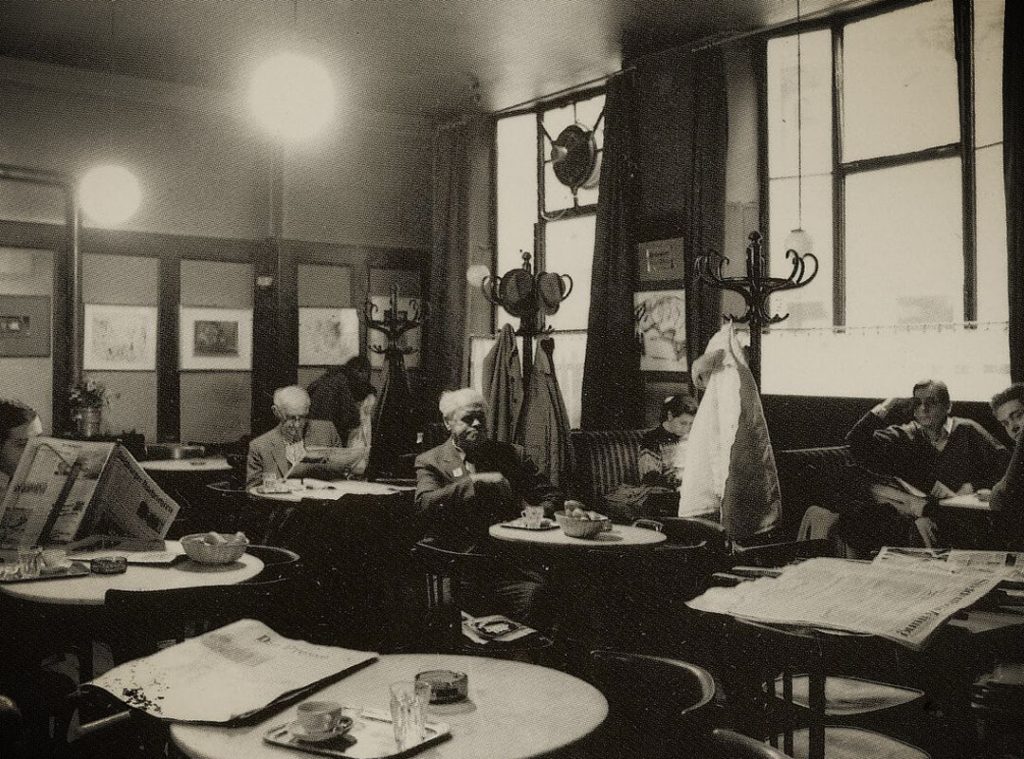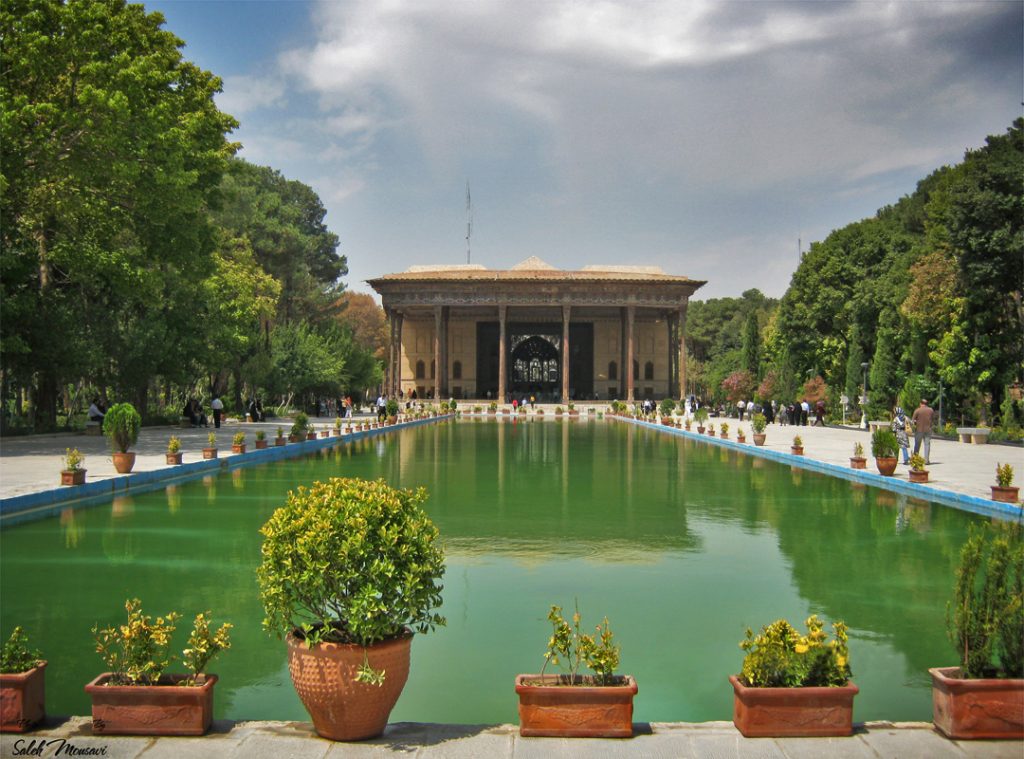The historical wonder of Naqsh-e Rustam is in the southbound of Iran. It is near the cities of Persepolis and Shiraz where an amazing archaeological site lies. It bears witness to the grandeur and splendor of ancient Persian civilization. This historic site holds a collection of rock-cut tombs and reliefs that offer valuable insights into the lives and accomplishments of Persian kings and the cultural legacy they left behind. Stay with Hey Persia.
Historical Significance
Generally, Naqsh-e Rustam’s historical significance lies in its association with the Achaemenid and Sassanian empires. They are two of the most influential civilizations in ancient history. Dating back to as early as the 5th century BCE, this site served as a final resting place for several prominent Persian rulers, thereby making it a crucial part of Iran’s rich heritage.
Tombs of Kings in historical wonder of Naqsh-e Rustam
Accordingly, The most striking feature of Naqsh-e Rustam is its impressive rock-cut tombs. Carved into the cliff face, these imposing structures stand as a testament to the craftsmanship and engineering prowess of ancient Persian artisans. Among the tombs, four are particularly notable, believed to belong to Darius the Great, Xerxes I, Artaxerxes I, and Darius II. Each tomb is marked by elaborate facades and inscriptions, showcasing the artistic and linguistic achievements of the time.
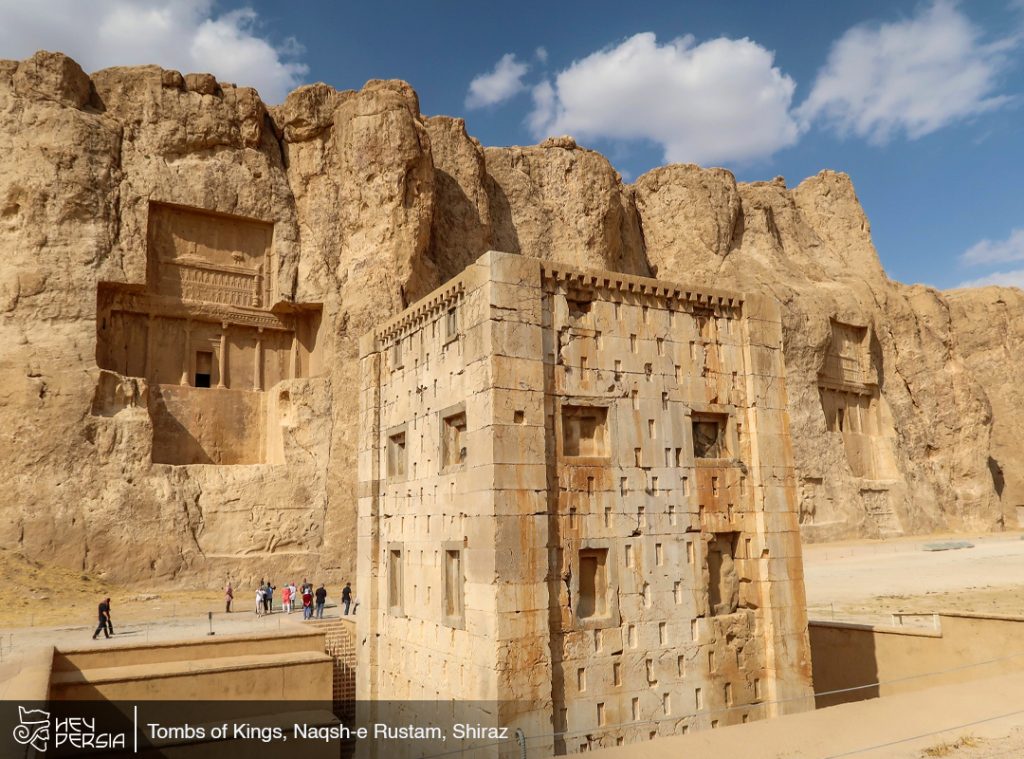
Darius the Great
Darius the Great, one of the most renowned rulers of the Achaemenid Empire, left behind an enduring legacy. His tomb at Naqsh-e Rustam stands as a prime example of Persian architecture, adorned with intricate reliefs depicting scenes of loyalty and conquest. The inscriptions on the tomb provide insights into Darius’ accomplishments and his vision for a prosperous empire.
Xerxes I
The tomb of Xerxes I, the son of Darius the Great, reflects the opulence and might of the Persian Empire during his reign. The carvings depict Xerxes as a powerful leader, both in military conquests and religious ceremonies. His tomb serves as a reminder of the empire’s territorial expansions and its ability to assimilate diverse cultures.
Artaxerxes I
Artaxerxes I, the successor of Xerxes I, is also immortalized at Naqsh-e Rustam. His tomb, though less grandiose than the previous ones, showcases the evolving artistic styles and political climate during the transition of power. The carvings and inscriptions on the tomb provide valuable historical information about this less-known period of Persian history.
Darius II
The last prominent tomb at Naqsh-e Rustam is attributed to Darius II, who ruled during the mid-4th century BCE. His tomb represents a mix of architectural elements from previous dynasties, reflecting the cross-cultural influences that shaped the later stages of the Achaemenid Empire.
Reliefs and Inscriptions
Beyond the royal tombs, Naqsh-e Rustam boasts an impressive array of rock reliefs and inscriptions. These carvings depict various historical events, religious ceremonies, and royal achievements. One particularly noteworthy relief portrays the triumph of the Sassanian king Shapur I over Roman emperors Valerian and Philip the Arab, highlighting the military prowess of the Sassanian Empire.

Cultural Legacy of historical wonder of Naqsh-e Rustam
Naqsh-e Rustam’s significance extends beyond its historical value; it symbolizes the enduring cultural legacy of Persia. The site’s artistic achievements and linguistic contributions are invaluable in understanding the ancient Persian society’s beliefs, customs, and achievements.
Preservation and Tourism
Accordingly, In recent years, the Iranian government has taken measures to preserve and protect Naqsh-e Rustam, recognizing its global importance. Accessible to tourists, the site welcomes visitors from around the world, providing them with a unique opportunity to delve into the glories of ancient Persia.
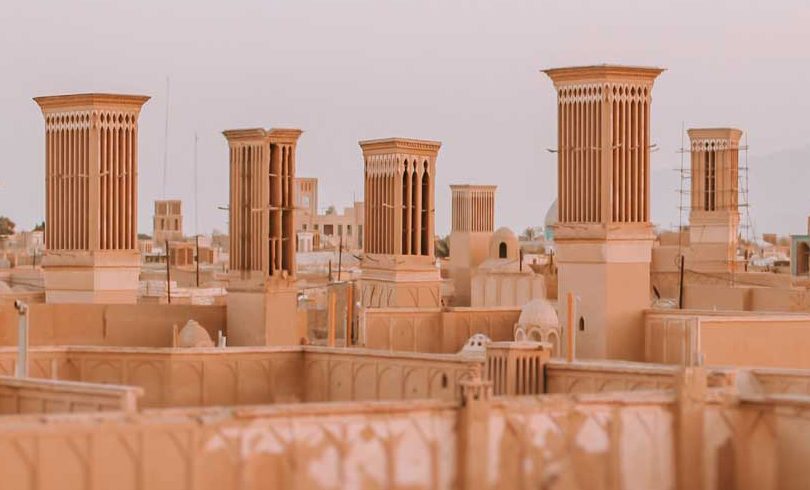
This cultural and historical visit to Iran promises an immersive experience that will leave a lasting impression. Prepare to be…
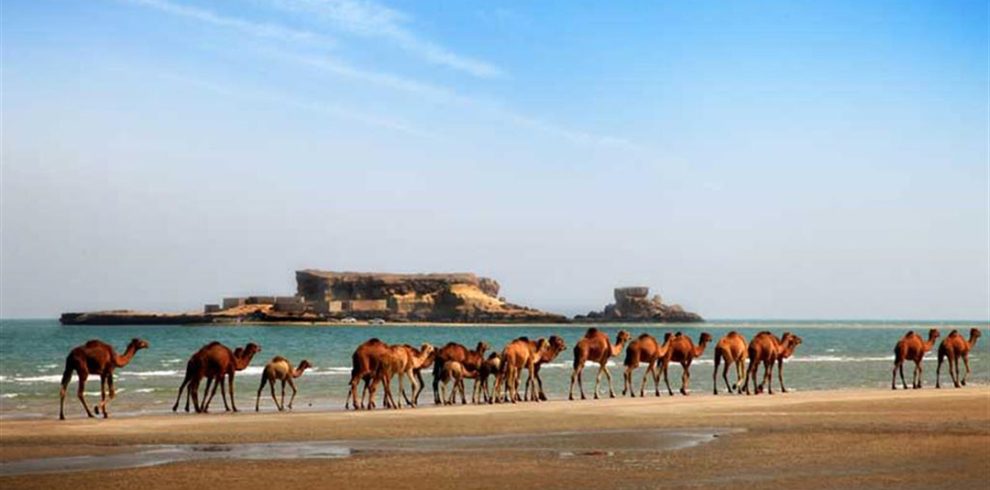
This tour plan offers an enchanting journey through the historical and cultural sites of Iran, followed by an exploration of…
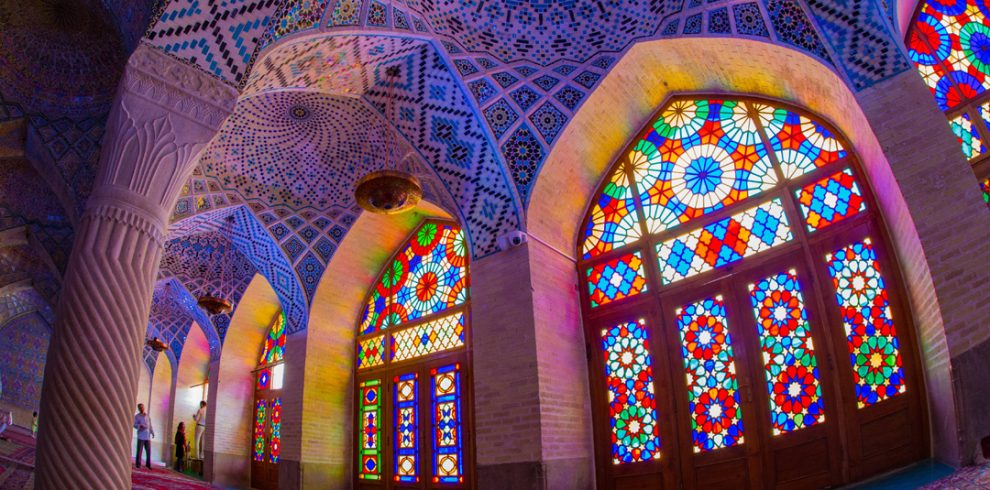
This cultural and historical visit to Iran promises an immersive experience that will leave a lasting impression. Prepare to be…
The wonder of Naqsh-e Rustam is a must-see attraction
The historical wonder of Naqsh-e Rustam stands as a mesmerizing testament to the greatness of ancient Persian civilization. With its imposing tombs, intricate reliefs, and historical significance, the site remains an essential destination for history enthusiasts and tourists alike, inviting all to explore the rich cultural tapestry of the Achaemenid and Sassanian empires. As we continue to uncover more about this majestic site, Naqsh-e Rustam’s allure and relevance in unraveling the mysteries of the past only grow stronger. Read more at Wikipedia.


